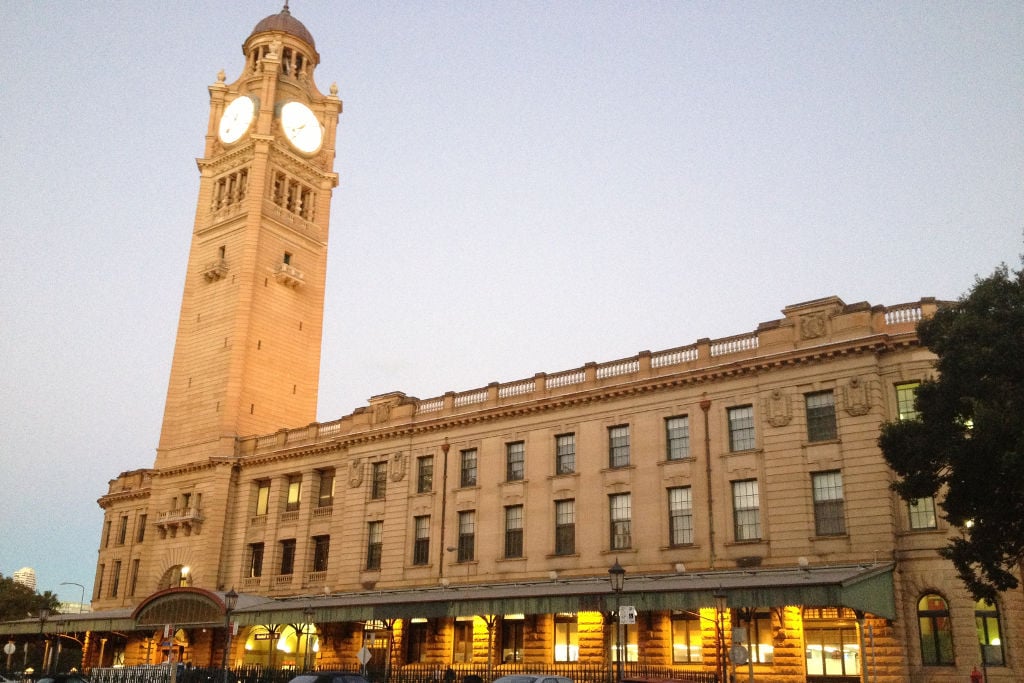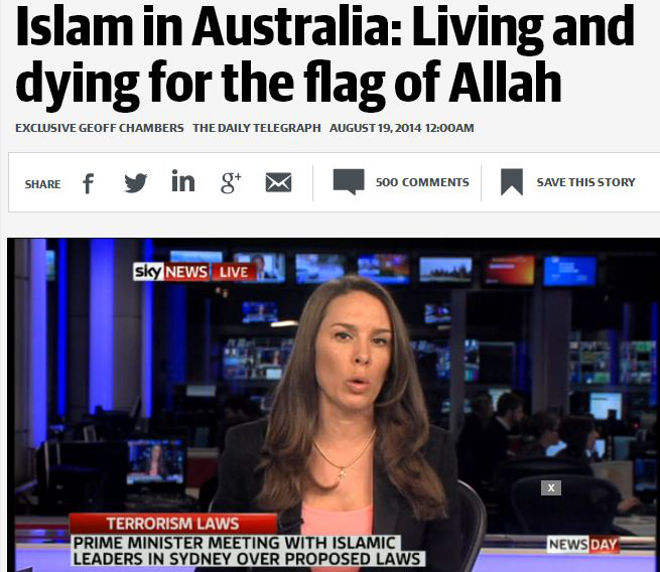A Potential Terrorist Attack On Australia Was Just Met With A Collective “Meh” Because The Guy Behind It Isn’t Muslim
Spot the difference between a terror attack and a "bomb plot".

It appears Australia recently came extremely close to suffering its own September 11. About a month ago, media across the country reported that Queensland police discovered fifty kilograms of explosive materials in a Brisbane property – including DMDT, which was used in the 2005 London bombings – along with maps hinting that these explosives were to be used to blow up areas of central Sydney and Newcastle.
The fears of the Australian Federal Police and the Australian government — that the Islamic terrorist threat had crept from the battlefields of Iraq and Syria to our very doorstep — seemed to have come true.
Well, no. It was shocking – given the rants of talkback radio shock jocks, some newspaper columnists and our very own Prime Minister – to learn this planned attack wasn’t actually that of an Australian-Islamic extremist. Behind this plot was a Newcastle local Daniel Fing, a well-known criminal who was jailed in 2006 for four years for firebombing a rival’s car in Belmont, New South Wales.
Australian media curiously referred to the discovery as a “bomb plot” and not a “terrorist plot”; a headline in The Daily Telegraph read: “Sydney bomb plot suspect’s angry history”, while another in the Sydney Morning Herald read: “Police believe maps clue to a Sydney bomb plot”. Indeed, one of the few mentions of terrorism was from Prime Minister Tony Abbott. Speaking to 612 ABC Radio, he said: “There are all sorts of people who do all sorts of weird and, at times, pretty dangerous things. But I haven’t been advised of any potential terrorist threat in respect of this particular issue”.

Clear enough, then: this wasn’t a terrorist plot. But let’s pose a hypothetical – say the man behind the bomb plot was a Muslim named Muhammed Hosseini. Mr Hosseini’s motives weren’t yet known and the only facts of the case were that fifty kilograms of explosive material were discovered in his Lakemba home. The explosives were discovered by the real estate agent carrying out a routine inspection at a time Mr Hosseini was in custody for a completely unrelated driving offence.
Little imagination is needed to know how the Australian media would report this. Possible headlines: ‘SYDNEY TARGETED IN ISLAMIC TERRORIST PLOT’ or ‘ISLAMIC TERRORIST TARGETS SYDNEY,’ in bold capitals. Tony Abbott would be fronting the media detailing how this is evidence of the growing terror threat from Australian Muslims who had become radicalised in Iraq and Syria. Alan Jones, Ray Hadley, Andrew Bolt and Paul Sheehan would be filling their talkback shows and newspaper columns with calls to increase police and security measures to combat the innately violent religion of Islam.

But instead, the case at hand involving Mr Fing is just a bomb plot, worthy only of a third of page six of the Sydney Morning Herald and only a passing comment by our Prime Minister. This is bizarre, especially given the federal government’s recent preoccupation with popularising its new counter-terrorism measures worth $630 million. Wouldn’t a case like this be the trump card to win the debate over why the new measures are needed?
It seems not, which raises the question – why isn’t it? The answer many will give is that because Mr Fing’s motives aren’t known, it can’t be determined whether the plot fits the criteria in Section 100.1 of the Australian Criminal Code which defines a terrorist act. Therefore, for the moment, the plot is more ‘criminal’ than it is ‘terrorist’. Indeed, that is a true and valid point, and it would be wrong to label Mr Fing a terrorist with the details currently available.
But it’s as true and valid as the hypothetical of Mr Hosseini. If it were Mr Hosseini’s house which was now being raided by the Australian Federal Police, the case would be being used as that very trump card. Instead, it’s passed off as a person doing a weird and dangerous thing; we seem all too eager to wrongly label a Muslim as a terrorist but reluctant to do the same to a bomb-plotting Caucasian, middle-aged man.
Such double standards hint at a deeper possibility, which is that entrenched into the Australian psyche – as well the psyche of the Western world – is that terrorism is, and only is, a trait of Islam. The response to Mr Fing’s plot is clear evidence of this. It needn’t be stated here where this perception arises from – many terrorist acts, including the most infamous in history, are committed by those claiming to be “true” Muslims.
However, the response to the case of Mr Fing raises a reason for the persistence of this stereotype. It’s easier for us, the majority, to point the finger at one group and convince ourselves that it’s only members of that group who pose a threat. The chance of containing the threat is then heightened – at least in our paranoid psyches – as the potential terrorists are easily identified and limited in number. We needn’t then worry that anyone may in fact plant a bomb beneath our city tomorrow.
But just because it’s easy doesn’t make it right. This stereotype of “not all Muslims are terrorists but all terrorists are Muslims” is not only blatantly wrong — just think of Timothy McVeigh, Ted Kaczynski aka the ‘Unabomber’, or the right-wing Hindu extremist, Swami Aseemanand — but is damaging to the majority of peaceful, highly-respectable and law-abiding Muslims, as well as Australia’s democracy, decency and social cohesion.
Are we as a country really serious about combating terrorism? Or are we more concerned with vilifying one religious group for our own interests?
–
Drew Rooke is a freelance writer from Sydney, Australia, with an interest in national affairs and contemporary culture.
–